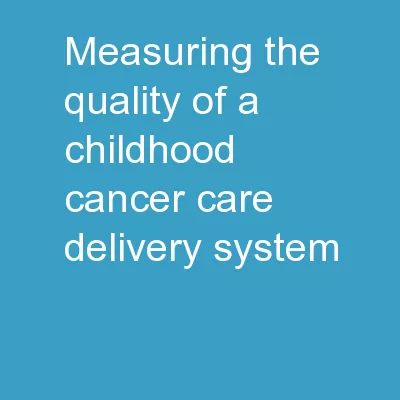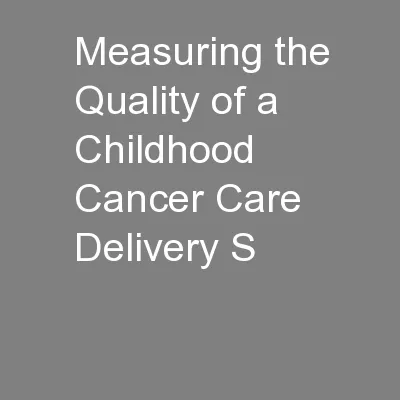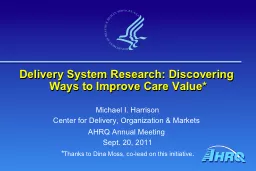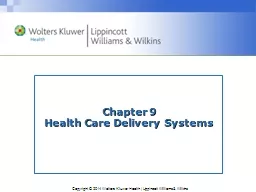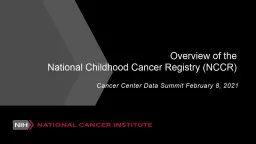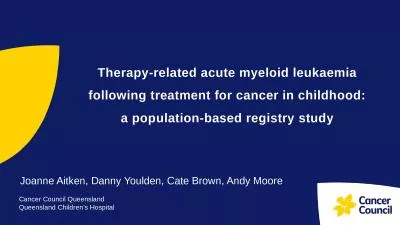PPT-Measuring the Quality of a Childhood Cancer Care Delivery System:
Author : faustina-dinatale | Published Date : 2018-12-22
Development and Operationalizing a Framework and Quality Indicators 3 rd Pediatric Cancer Forum Rio de Janeiro August 27 2015 Dr Mark Greenberg Senior Adviser Policy
Presentation Embed Code
Download Presentation
Download Presentation The PPT/PDF document "Measuring the Quality of a Childhood Can..." is the property of its rightful owner. Permission is granted to download and print the materials on this website for personal, non-commercial use only, and to display it on your personal computer provided you do not modify the materials and that you retain all copyright notices contained in the materials. By downloading content from our website, you accept the terms of this agreement.
Measuring the Quality of a Childhood Cancer Care Delivery System:: Transcript
Download Rules Of Document
"Measuring the Quality of a Childhood Cancer Care Delivery System:"The content belongs to its owner. You may download and print it for personal use, without modification, and keep all copyright notices. By downloading, you agree to these terms.
Related Documents

